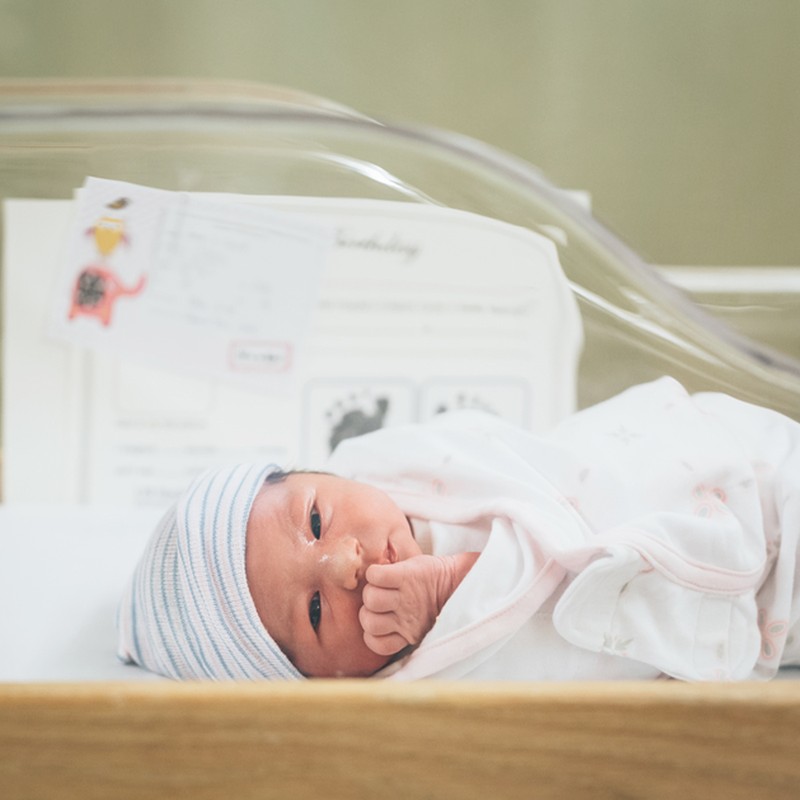Should You Try Vaginal Seeding?
We spoke to Dr Patrick O’Brien, Consultant Obstetrician and Gynaecologist at The Portland Hospital and part of HCA UK, to find out…
What exactly is it?
“Vaginal seeding is the process where babies are given a swab of vaginal fluid across their mouth, eyes, face after they have been born by caesarean,” Dr O’Brien tells us. “It is carried out by the mother or father, not the doctor of midwife.”
Babies that are born vaginally are exposed to beneficial bacteria known as ‘microbiota’, which coat the child in the birth canal. “It is thought that if a woman gives birth naturally, these fluids can enter through the eyes and protectively coat the skin. They are also swallowed by the child, and travel down to the gut,” says Dr O‘Brien. These fluids are believed to contain bacteria that is believed to help babies digest their first meal.
However, babies born via caesarean are not exposed to this bacterium as they don’t travel down the birth canal, and it’s been claimed that C-section births could be linked to a higher risk of some immune-based illnesses for this reason. Therefore, new mothers are trying vaginal seeding to get this microbiota to their newborns immediately after birth, in an effort boost their gut bacteria and immune system.
Does it work?
While there’s increasing evidence to suggest babies born via caesarean have differences in gut bacteria to babies born naturally – those born through caesarean appear to be at increased risk of asthma, allergies and food intolerances later in life due to a lack of ‘protective’ bacteria – vaginal seeding may not be the solution.
“The benefits have not yet been proven,” Dr O’Brien explains. “There is no robust evidence to suggest that vaginal fluid has any associate benefits, and we would therefore not recommend it until there is evidence that it is not harmful and can in fact improve a child’s digestive and/or immune system.”
So is it safe?
As Dr O’Brien says, there’s currently no research to show whether vaginal seeding is either beneficial, safe or unsafe. Until these studies are done, he warms against the procedure as it could pose potential health risks: “Some vaginal bacteria can be passed on to the baby, occasionally causing illness. This could include infections such as group-B streptococcus and sexually transmitted infections.”
While the doctor says that, ultimately, whether to try vaginal seeding is the mother’s decision, healthcare professionals must advise their patients about the balance of unproven benefits and the small possible risks involved.
And for those who aren’t at all convinced of the trend, Dr O’Brien says there’s evidence to suggest that skin-on-skin contact immediately after birth can create greater bonds between mother and baby and can lead to better physical and developmental outcomes.
For more information and advice about vaginal seeding, visit NHS.uk
DISCLAIMER: We endeavour to always credit the correct original source of every image we use. If you think a credit may be incorrect, please contact us at info@sheerluxe.com.


